Parashat Devarim: Learn Well, Seek Justice!
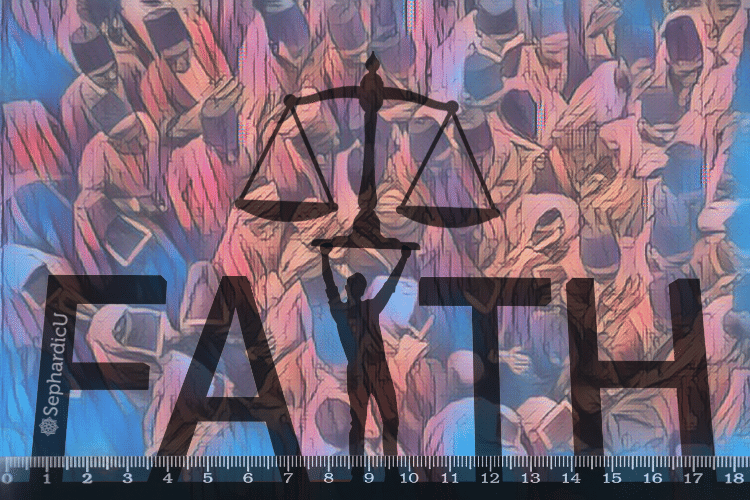
At some obscure turning-point in the history of Jewish observance, three religious practices were chosen to become the yardstick by which one’s religiosity is measured. Beside the external appearance and Shul attendance, you can bet that when someone is defined as “very religious”, “somewhat religious”, or “not religious at all”, the speaker thinks of Shabbat, […]
Parashat Matot-Masei: Forgive Me, For I Have Vowed
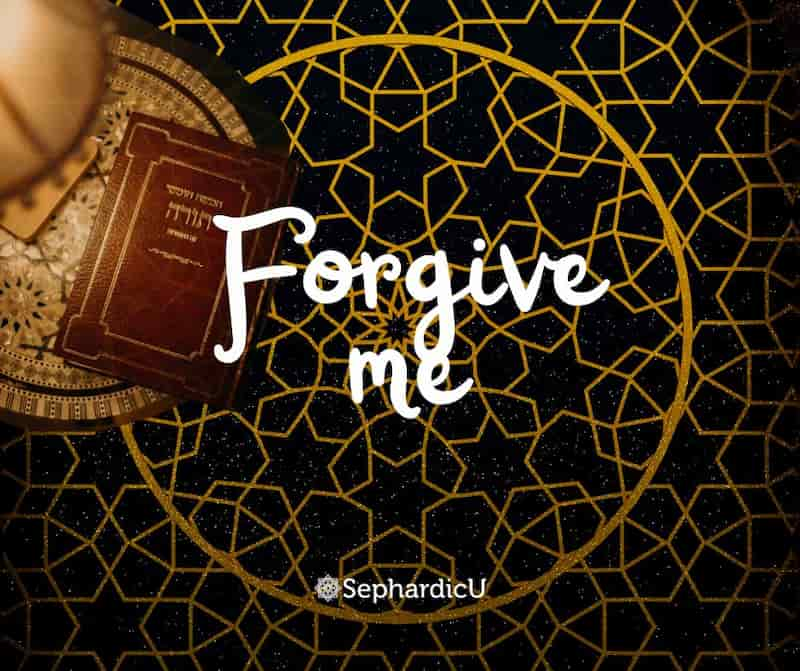
In Parashat Matot we are introduced to the legal intricacies of making vows. I am using the word “vow” here in its halakhic sense, which is a commitment to perform or avoid a certain action. The rabbis of the Mishnah argued that vows can be undone if it can be proven that the one who […]
Parashat Pinhas: A Man Of Action
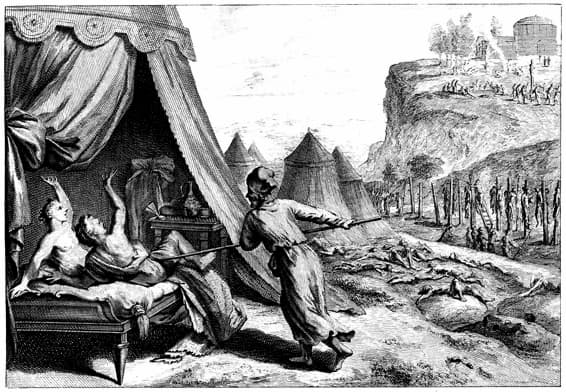
Torah Blessings Haftarah Blessings Torah Portion Haftarah Who was Pinhas, after whom our Parasha is named? He was the grandson of Aaron the High Priest, who took action when everyone else was paralyzed with disbelief and confusion. At the end of the previous Parasha we read of Zimri, the Israelite man who brought a Midianite […]
Parashat Balak: Three Good and Three Bad Personality Traits
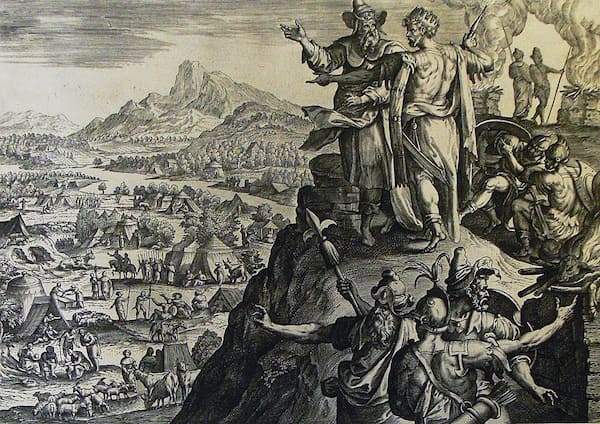
כל מי שיש בידו שלשה דברים הללו מתלמידיו של אברהם אבינו ושלשה דברים אחרים מתלמידיו של בלעם הרשע. עין טובה, ורוח נמוכה, ונפש שפלה, מתלמידיו של אברהם אבינו. עין רעה, ורוח גבוהה, ונפש רחבה, מתלמידיו של בלעם הרשע. משנה מסכת אבות פרק ה, יט Whomever has those three character traits is a disciple of our […]
Parashat Chukat: The Red Heifer
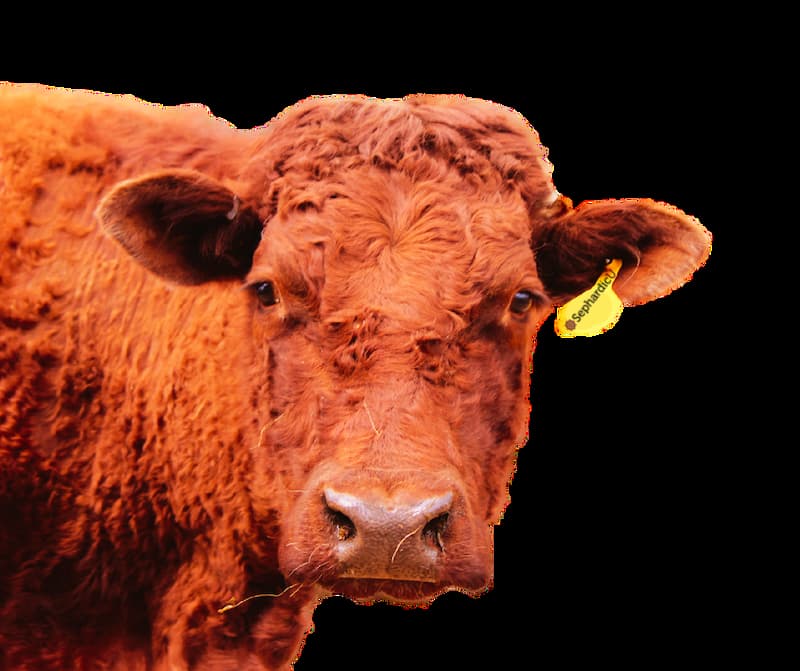
The ritual of the red heifer, whose ashes are used to purify a person who has contracted impurity, relies heavily on symbolism and the meaning we attach to objects and concepts. An abstract concept represented by a physical object is brought closer to our senses and made easier to internalize and retain, and it is […]
Parashat Korach: Noble or Self-Serving
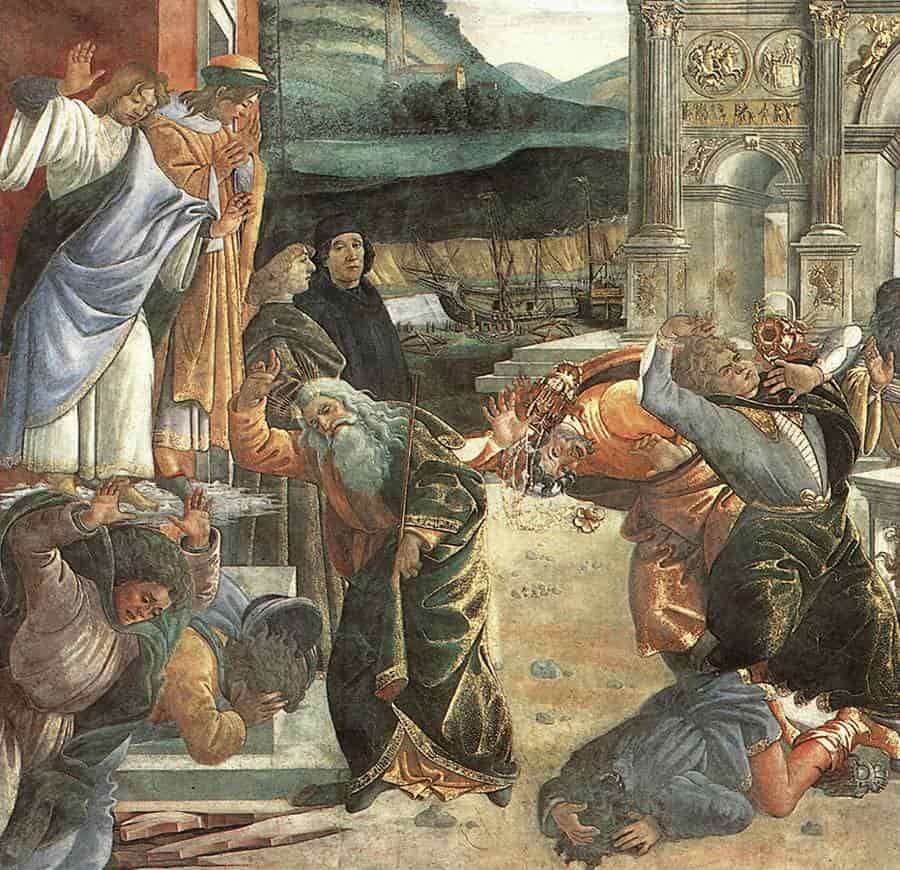
One of the risks that our faithful shepherd Moshe took when he finally accepted God’s offer to be the redeemer of Israel, was having his life displayed for all like an open book. We see him fighting for justice, with the taskmaster, with the shepherds of Midian, and even with God. He launches fiery speeches […]
Parashat Shelah: On Decision Making, Responsibility, and Maturity

The famous story about twelve men, sent on a reconnaissance mission to the Land of Canaan, has two contradicting versions in the Torah. According to the first version, in this week’s Parasha, God initiated the mission, while according to the second, in Deut. 1:19-46, the Israelites requested it. In the first version the men are […]
Parashat BeMidbar: On Trust and Leadership, Part 1
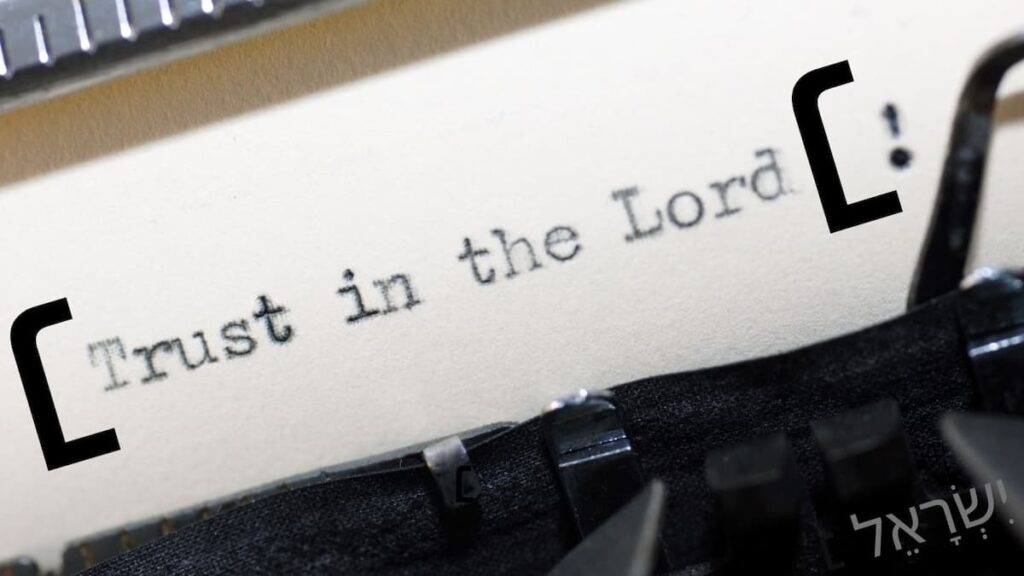
Why the Book of Numbers is not about Numbers What’s in a name? The book of BeMidbar suffers of somewhat of an identity crisis. It is easy to determine the identity of the other books of the Torah. Genesis is about the creation and the life of the forefathers, Exodus is about the exodus and […]
Parashat Behukotay: Questions and Answers for Kids
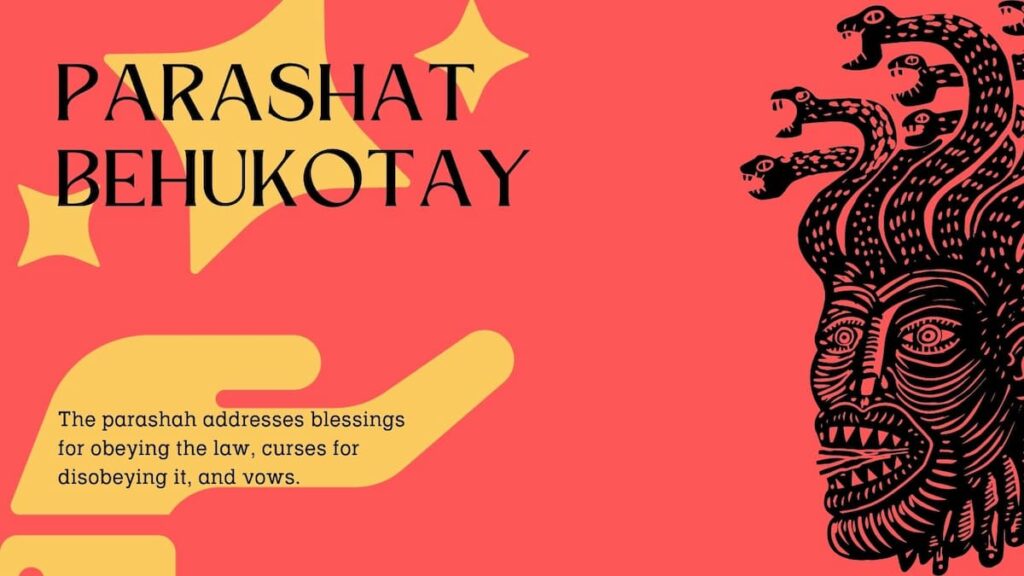
Questions on Parashat HaShavua שְׁאֵלוֹת לְפָרָשַׁת הַשָּׁבוּעַ: בְּחֻקּוֹתַי HaShem promises בני ישראל that if they observe the Mitzvot they will receive many blessings. Which blessing is promised regarding rain (26:3)? Which blessing is promised regarding fruit trees (26:3)? Which blessing is promised regarding harvesting the fields (26:4)? Which blessing is promised regarding security (26:4)? Which […]
Parashat Behar: Give Earth a Break
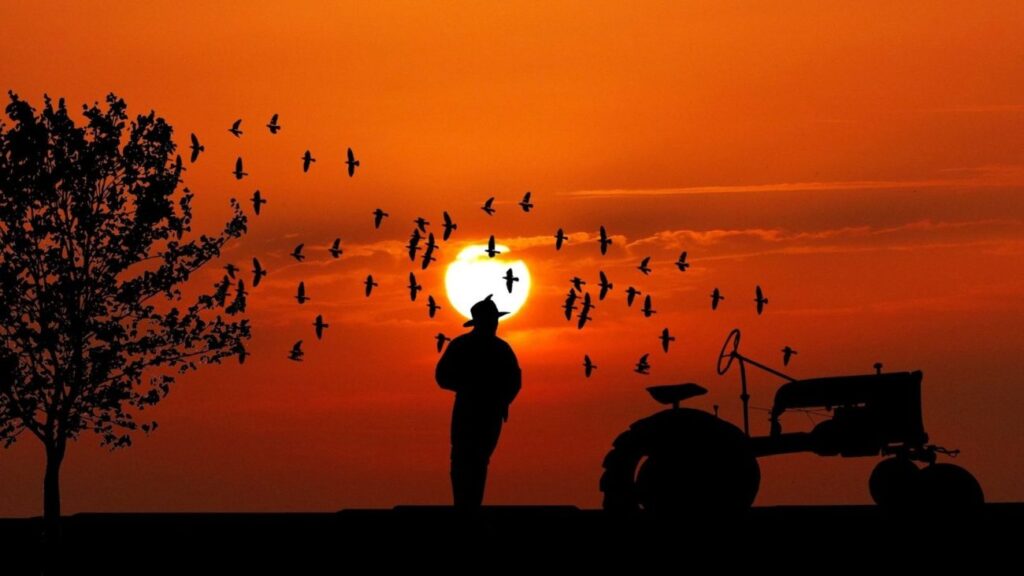
גאולה תתנו לארץ The term Tree Hugger is not usually associated with observant Jews, which is truly hurtful and unfair, because we hug a tree at least four times a week. We do it, religiously, on Mondays and Thursdays, Shabbat mornings and afternoons. We gather around our tree, touch it, kiss it and then sit […]
